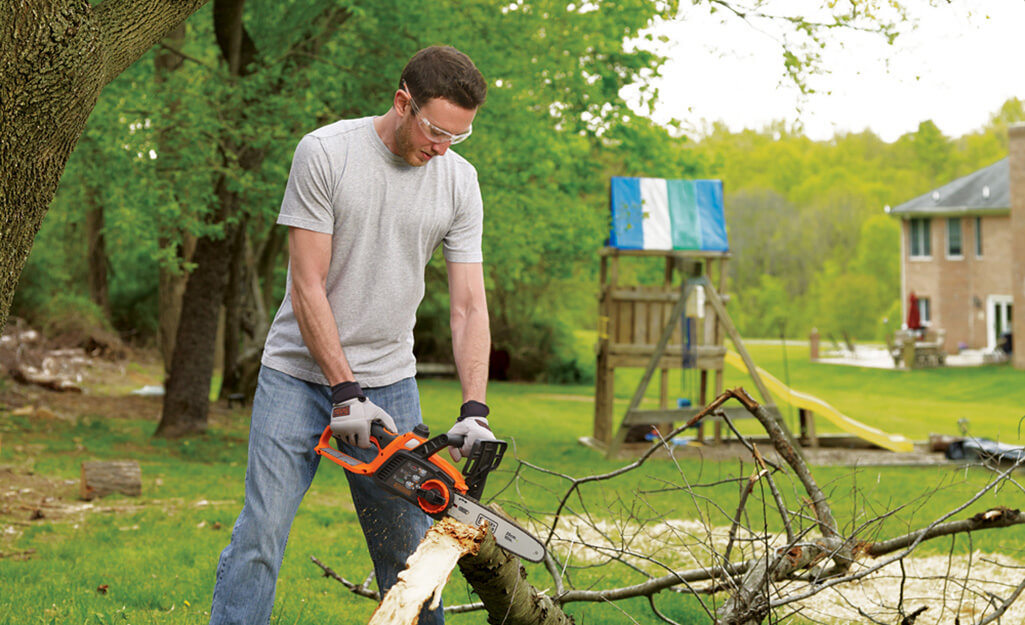The chainsaw, a powerful tool designed for cutting and felling trees, is an invention that has revolutionized various industries and changed the way we interact with our environment. Over the years, chainsaws have evolved from simple manual devices to highly advanced and efficient machines, significantly impacting forestry, construction, and even art. In this article, we will trace the history of chainsaws, explore their current advancements, and discuss the potential future innovations that lie ahead for this essential tool.
- The Invention of Chainsaws: A Historical Overview
The roots of the chainsaw can be traced back to the late 18th century when it was invented as a surgical tool to aid in childbirth. However, the chainsaw’s early design was cumbersome, and it wasn’t until the late 1920s that a more practical version was developed for industrial purposes. These early chainsaws were primarily gasoline-powered and relied on a looped chain with cutting teeth attached to a rotating guide bar. This basic design laid the foundation for the chainsaw’s future development and widespread adoption.
- Chainsaws in Forestry: Efficiency and Productivity
As the chainsaw’s design improved and became more powerful, it quickly found its way into the forestry industry. The traditional method of felling trees using axes and handsaws was time-consuming and labor-intensive. Chainsaws offered increased efficiency and productivity, allowing loggers to cut down trees more quickly and with less physical effort. This revolutionized the forestry sector, making it possible to harvest timber on a larger scale to meet growing demands for wood products.
- Advancements in Chainsaw Technology
Over the decades, advancements in technology have propelled chainsaws into the modern age. Electric chainsaws were introduced, offering quieter operation and reduced emissions compared to their gasoline counterparts. Cordless battery-powered chainsaws further expanded the tool’s versatility, allowing for greater mobility and convenience. Additionally, advancements in chain design, bar materials, and engine efficiency have significantly improved cutting performance and overall tool durability.
- Safety and Ergonomics: A Priority
Safety and ergonomics have become paramount concerns in chainsaw design. Manufacturers have invested in research and development to create innovative safety features such as chain brakes, kickback protection, and anti-vibration systems. These advancements aim to reduce the risk of accidents and minimize the physical strain on operators during prolonged use. Furthermore, lightweight designs and ergonomic handles have improved user comfort and control, making chainsaws more accessible to a wider range of operators.
- Chainsaws in Construction and Landscaping
Beyond forestry, chainsaws have also found a niche in the construction and landscaping industries. From cutting concrete to shaping and pruning trees, modern chainsaws have proven to be versatile tools that increase efficiency and accuracy in various applications. In construction, chainsaws are commonly used for demolition work, cutting through walls, and shaping wooden structures. Landscapers rely on chainsaws for tree maintenance, hedge trimming, and clearing overgrown vegetation.
- Chainsaws in Art and Sculpture
In recent years, chainsaws have transcended their utilitarian purposes and entered the realm of art. Chainsaw carving has become a popular form of artistic expression, with talented sculptors using the tool to transform logs into intricate masterpieces. The art of chainsaw carving has gained recognition globally, with competitions, exhibitions, and public installations celebrating the skill and creativity of these artists. This fusion of technology and art showcases the versatility of chainsaws as tools for both industry and artistic endeavors.
- The Future of Chainsaws: Innovations and Sustainability
Looking ahead, the future of chainsaws holds exciting possibilities for innovation and sustainability. As technology continues to advance, we can expect even more efficient and powerful chainsaws that are also environmentally friendly. Electric and battery-powered chainsaws are likely to see further improvements in terms of battery life and cutting performance, making them increasingly competitive alternatives to gasoline-powered models.
Furthermore, there is a growing focus on sustainable practices within industries that heavily rely on chainsaws, such as forestry and construction. Research and development efforts are being directed towards creating bio-based lubricants and fuels, reducing emissions, and optimizing resource utilization. Additionally, the development of advanced sensors and smart technology may lead to chainsaws with built-in safety features that can automatically detect and respond to potential hazards.
- Robotics and Automation
As automation and robotics continue to advance, we may see the emergence of semi-autonomous or even fully autonomous chainsaws for specific applications. These machines could be programmed to perform repetitive tasks with precision and efficiency, reducing the need for human intervention in certain operations. However, safety measures and ethical considerations will need to be carefully addressed to ensure that human operators remain integral to chainsaw operations.
Conclusion:
The invention of chainsaws has had a profound impact on various industries, from forestry and construction to art and sculpture. Over time, these powerful tools have evolved from simple hand-cranked devices to sophisticated and efficient machines. Advancements in technology have improved safety, efficiency, and user comfort, making chainsaws indispensable in modern-day operations.





